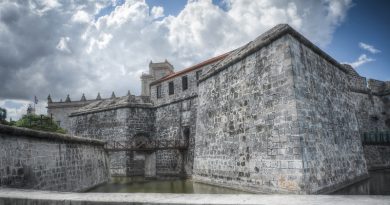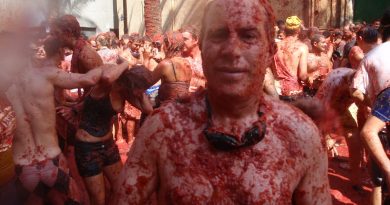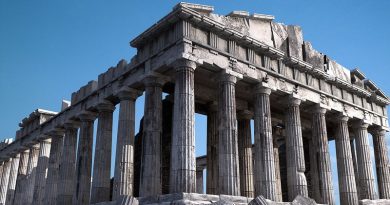The Arab Emirate of Sicily
The Arabs occupied Sicily for almost 250 years, defeating the Byzantine Empire which had taken over from Romans They made Palermo their capital which during a golden age it rivalled the Arab cities of Córdoba and Cairo in beauty.
The Saracens as they were known swept through Sicily, renaming towns and building elegant mosques and libraries in accordance with their Muslim beliefs.
They seized Palermo in 831 and renamed it Balharm before building it into a center of learning and culture designed to rival Cairo and Cordoba. It served as the capital of Arabian Sicily until 1072
It was then that the Normans overthrew the Saracens after a series of sieges which lasted more than 30 years.
The Arabs introduced cotton and many agricultural crops which remain a mainstay of Sicilian cuisine, such as oranges, lemons, melons, dates, pistachios and sugar cane and an Irrigation system . Sicily was at the centre of a vibrant Mediterranean trading network.
The Arab dynasties were often involved in divisive feuds and when in the tenth century the Aglahbad dynasty in Tunisia was toppled by the Fatamid dynasty the Fatamids shifted their capital to Cairo and Sicily lost its place as a central part of the Arab Mediterranean Empire.
Until the late 12th century, and probably as late as the 1220s, Muslims formed a majority of the island’s population, except in the northeast region of which had remained predominantly Byzantine, Greek and Christian, even during Islamic rule.But by the mid thirteenth century, Muslims who had not already left or converted to Christianity were expelled, ending roughly four hundred years of Islamic presence in Sicily.
Remnants of Arab Sicily remain in its cuisine and architecture particularly in Palermo although much has been adapted or incorporated into Norman and later buildings. Cathedrals in Palermo, Cefalu and Messina all adapted Arab building methods . There is a formidable Arab fortress high up on a cliff face overlooking Taormina and an extraordinary arched stone bridge near the town of Adano on the slopes of Mount Etna.
Sicily’s vibrant ceramics industry has. borrowed much from Arab tradition .One of Sicily’s most popular tourist souvenirs – the Moorish head- has its roots in Arab Sicily when it’s said landholders would display icons of themselves at the entrance to their properties.
Destination – Italy




